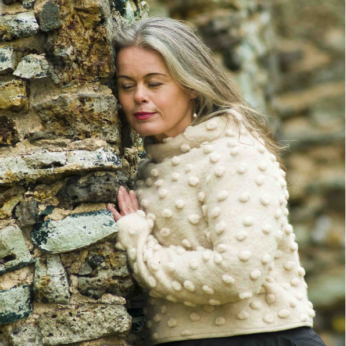Composer: Marco Uccellini (b. 1603 - d. 1680)
Performance date: 29/06/2014
Venue: St. Brendan’s Church
Composition Year: 1645
Duration: 00:03:15
Recording Engineer: Richard McCullough, RTE
Instrumentation Category:Small Mixed Ensemble
Instrumentation Other: 2vn, vc, lu
Artists:
Fredrik Bock -
[lute]
Fredrik From -
[violin]
Peter Spissky -
[violin]
Kate Hearne -
[recorder/cello]

Uccellini was
imperative in insuring a large output of violin music from the late 1630s until
his death. Due to the plague that ravaged Northern Italy in 1630, the economy
of
with it the music publishing houses, had fallen into decline, leading to a
massive decrease in the production of printed scores from this period. Despite
this decline, Uccellini managed to publish a large output of works, and
throughout the mid-1600s he was responsible for pushing the boundaries of
violin technique beyond that of his predecessors featured in this programme. As
well as being a renowned composer, Uccellini was a virtuoso violinist and
directed music at several of the important courts in
Italy
of his works are reminiscent of Buonamente’s own violin writing. It was very
common in the 17th century for composers to write and publish variations over
popular folk tunes, and there are many examples of this in Uccellini’s output.
The theme of La scatola degli aghi, or The Needle Box was used in this manner
by several Italian composers. Uccellini’s version appears in his Op.4, a
collection of no less than 65 works in varying styles for different
instrumentation. We have chosen to present La
scatola degli aghi as a prelude to Monteverdi’s Prologue from Orfeo, as
we do not have the forces required for the Toccata
that Monteverdi intended to open his great opera. It was common practice during
the 17th century to insert instrumental pieces by different composers into
larger operatic or vocal works, and Uccellini’s charming, virtuosic variations
set up the scene perfectly for our presentation of some of the gems from the
early Italian repertory.
Copyright © 2025 West Cork Music. All rights reserved.
Designed and developed by Matrix Internet